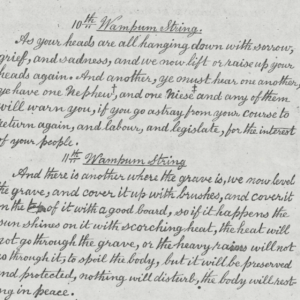
Amid the current pandemic, health care personnel must focus on meticulous hand hygiene, and avoid contaminating workspaces. Clinical staff have to clean all workspaces and personal items such as stethoscopes, devices, landlines, nametags, mobile phones, keyboards, dictation and other items with hospital-provided disinfectants or alcohol-based disinfectants frequently.
It is sensible for environmental services workers to increase the frequency of cleaning of commonly touched surfaces such as countertops, chair arms, escalator railings, light switches, push buttons, doorknobs, and handles. Active decontamination is not merely a technical issue, it is also emotionally reassuring to stressed and concerned caregivers, patients, and visitors.
Vaccine development for the corona virus and research into medical treatment for it are being undertaken, but a verdict is many months away. This doesn’t stop the pressure on the global health care workforce that continues to intensify.
This can be split into two pressures: the first pressure is the the potentially overwhelming burden of illnesses that stresses health system capacity and the second is the adverse effects on health care workers, including the risk of infection.
This has promoted U.K., medical schools to be urged to fast-track qualifications for final-year medical students, waiving requirements for clinical exams and using alternative assessments to enable them to be quickly registered as doctors in order to help tackle the coronavirus outbreak.
Medical schools and departments at universities across Britain are facing the prospect of releasing their staff and students to help the NHS cope with the developing crisis.
The leadership of the Medical Schools Council has advised the 42 medical schools in the UK to prioritize qualifying final-year students even if they have missed clinical exams, so they can be provisionally registered by the General Medical Council to begin working as doctors as soon as possible.
Clinical teaching and exams using live patients are a crucial part of a medical student’s education, and the fear is that if clinical work was suspended then this year’s cohort of final-year students would face delays in qualifying as doctors, at a crucial time for an NHS already facing staff shortages.
But across the USA, schools and universities are suspending courses or moving to online lectures. First and second-year medical students, who learn mainly in the classroom, can transition to remote platforms. But clinical students and those in their third and fourth years of medical school, work in hospitals. That means they face new concerns about their health, their education, and their roles in patient care.
In the hospital, it has been explained that medical students generally operate on a spectrum between shadowers and providers. Sometimes they are like silent flies on the wall, stepping forward to assist only when called upon. Other times they are given the reigns for their own learning but also to carry a share of the heavy workload.
On a busy internal medicine service, for example, students can contribute to patient care by coordinating medications and procedures, consulting with nurses and specialists, and updating patients and their families on the care plan.
Given the diversity of roles medical students play, it is undefined as to where medical students stand on a spectrum during a pandemic. Do they show up to learn or are they coming as junior medical providers? If the answer leans towards learning, should they still stick around during an outbreak and is their education worth the potential risk of infection and subsequent spread?
If there is a clear benefit to having extra hands during the outbreak, shouldn’t the role of students move toward the provider end of the spectrum sooner rather than later?
Students training in health care, like other frontline medical providers, are at high risk of exposure to SAR-CoV-2, the virus that causes Covid-19. It was reported that 16 nursing students from the Lake Washington Institute of Technology visited the Life Care nursing home as part of their training, now more than 50 of the home’s residents have been diagnosed with Covid-19. Four medical students at Dartmouth are currently on self-quarantine after exposure to a case. Given that there are almost 93,000 physicians-to-be spread out across more than 150 medical schools, trainees are bound to contract the infection. Does this contradict the UK’s decisions of believing in their students?
The Association of American Medical Colleges which takes care of all medical schools, issued guidelines for students during the outbreak on March 5. Although the association endorsed students’ continuing all other clinical duties, at least for now. Despite these guidelines, on Friday the University of Pennsylvania suspended clinical rotations for its students.
While the U.S. may be shifting, some Canadians are rising to the challenge of a worsening novel coronavirus outbreak, and are going out of their way to be kind.
Across Canada, regular citizens have been volunteering to help neighbours, run errands and provide food. Social media groups have sprung up on Facebook to connect volunteers with those in need. Inspired by medical students at Western University, peers at a number of universities are preparing to help health workers with child care. On Facebook, pages dedicated to connecting volunteers with those in need have proliferated across the country.
In time, provision of food, rest breaks, decompression time, and adequate time off for medical workers can be predetermined to be as important as provision of protocols and protective equipment as days turn into weeks, then months.






